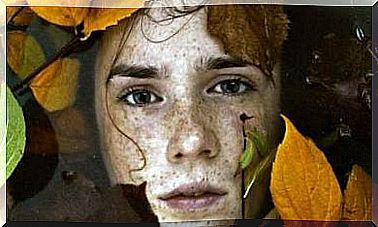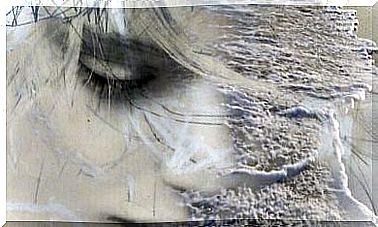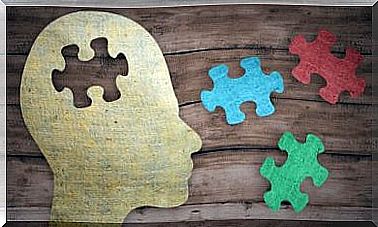3 Strange Identification Syndromes That Distort Reality

To science, the human mind is still a mystery. The mind is capable of creating the most impressive ideas but also the most surprising nonsense. Identification syndromes are an example of this. They are distortions in the thinking process that cause the affected person to have a distorted view of reality.
One of the main symptoms of identification syndromes is delusions in the content of thought. A delusion is a belief that the person considers to be true but has no logical or empirical basis.
Those delusions or imaginary beliefs are present in identification syndromes. They cause the person to have a completely wrong perception of themselves. Often they are part of more complex psychiatric conditions or neurological disorders. In this article we will learn a little more about this.
Capgras syndrome is one of the identification syndromes
Capgras syndrome or Capgras delusion is a disorder in which the person starts to believe that one of the closest people in his life has been replaced by a scammer. So they believe that person is a doppelganger.
They cannot possibly recognize what reality is. So this means that this delusion is an identification syndrome.
What exactly happens in Capgras syndrome? A person is able to physically recognize a trusted person. However, that sense of intimacy does not arise in their minds. It is a sensory perception without subjective sensations or feelings.
In the case of this delusion, there is a disconnection between the visual recognition system and the emotional memory. A person can also direct this delusion towards themselves.
In that case, the affected person thinks that someone else has taken his place. This usually happens as part of psychosis or as a result of brain trauma.
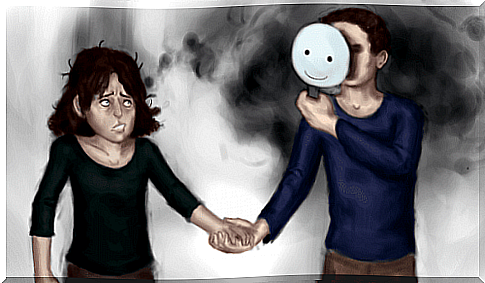
Frégoli .’s syndrome
Another identification syndrome is Frégoli’s delusion. This is connected with paranoia. It also occurs in different ways. The most typical form is when a person thinks that someone is chasing him. They therefore think that those pursuers are capable of taking on different guises.
Whenever they see someone they know, they might think it’s actually their pursuer disguised as an acquaintance for the purpose of tricking them.
This delusion can also express itself in a very different way from the previous one. In this case, the person thinks he knows strangers. He then sees them with familiar faces. They may also think they know places or objects that they don’t actually know.
Science has not been able to pinpoint the exact cause of these delusions. Yet it is known that this delusion has to do with a malfunction of the associative nodes.
This would result in a person being unable to reconcile mental and physical perceptions. Brain injury can cause this. However, it can also occur as part of an episode of paranoid delusions.
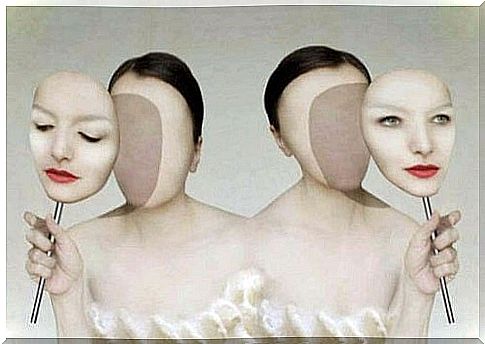
The Othello Syndrome
The imagination can often be a big part of jealousy. Often it has more to do with fantasy than reality. Then there is constant suspicion. This rarely corresponds to the facts or is rarely checked. In the case of Othello syndrome, this suspicion reaches the highest possible peak.
A person with this syndrome has the compulsive belief that their partner is unfaithful. He is absolutely sure. All he wants is to “catch his partner in the act.” Why is this an identification syndrome?
The person with Othello syndrome cannot see (or recognize) their partner as who they really are. They only see them as a traitor. This causes the person to invest a lot of time and energy in ways to prove the partner’s infidelity.
A notable feature of Othello syndrome is that the person may constantly feel that there is a third party present in their relationship. However, when someone asks what that person looks like, he has nothing to say. He will only very rarely point to certain facts.
These are not the only identification syndromes. There are also others. The common factor in all of these syndromes is the difficulty in recognizing oneself and others. These syndromes are almost always associated with severe psychiatric pathologies. So they need professional treatment.



